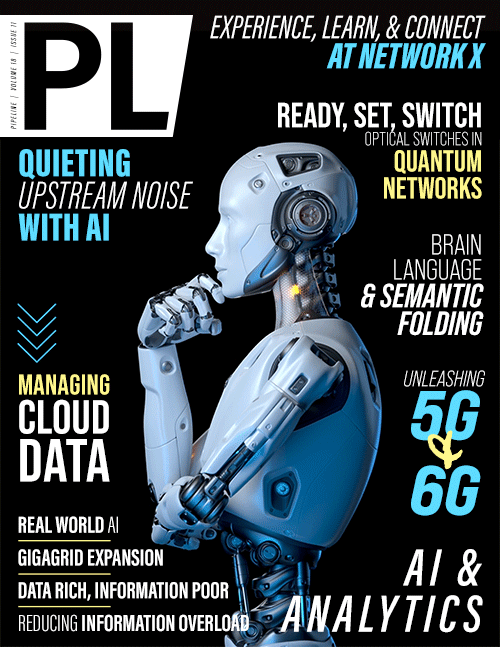AI in the Real World
Much attention is paid to UAVs in military applications, most notably the MQ1 Predator drone that entered service in 1995, a drone since used (along with its successors) to great effect in numerous conflicts around the globe, both in reconnaissance and direct combat roles. But UAVs today, enabled by a rapidly growing set of AI capabilities, serve to augment the physical and technical restraints on the workforce through photography and delivery of goods, seeding and monitoring agriculture fields, and tracking environmental emissions.
One particular area in which UAVs have excelled is in the remote surveillance of assets, including electrical transmission lines, oil and gas pipelines, wind turbine blades, and countless other infrastructure components whose primary characteristics (remoteness, height) render them difficult, expensive, and dangerous to inspect by humans. In these instances, AI plays multiple roles, not only in safely controlling the UAVs themselves in flight, but also in the real-time analysis of condition data from the assets being examined.
Visual AI in health and safety
A significant area of research and business focus for the AI community is improving the health and safety of people in dangerous work environments. This includes factory floors, power stations, or any setting where human workers can find themselves in harm’s way.
In particular, the rapid growth of visual AI has enabled the development of numerous health, safety, and environmental (HSE) innovations that are already saving money, regulatory compliance penalties, and lives. Field applications monitor workers to ensure they are wearing personal protective equipment (PPE), including hard hats, safety vests, and eye protection. In addition, through facial recognition, individual workers can be identified and evaluated against training and security databases to determine whether they are authorized to be present in various high-risk areas of a plant or facility. AI-powered visual assessment systems can also monitor conditions in unmanned areas of a facility, enabling proactive responses to fires, emissions, or other events that might go unnoticed by human observers.
Predictive and prescriptive maintenance
A great deal of the maintenance on expensive assets takes place today either at pre-scheduled intervals or in response to outright failures. This approach is reactive and far less efficient than it could be. It also risks incurring greater damage to assets, along with significant downstream effects such as lost revenue, regulatory penalties, or damaged company reputation.
One of the most impactful capabilities emerging from the past decades of AI research and development is the ability to monitor asset performance and condition in real-time using complex networks of sensors. The resulting data on asset status and performance can then be analyzed to predict impending failures with hours, days, or even weeks of advance notice, thus allowing preventive maintenance to be conducted. This approach has numerous beneficial effects, not least of which is significant operational cost savings. In addition, predictive maintenance allows repair work to be scheduled in a less disruptive and more efficient manner, all while improving worker safety. This technology also enables the delivery of prescriptive maintenance



















